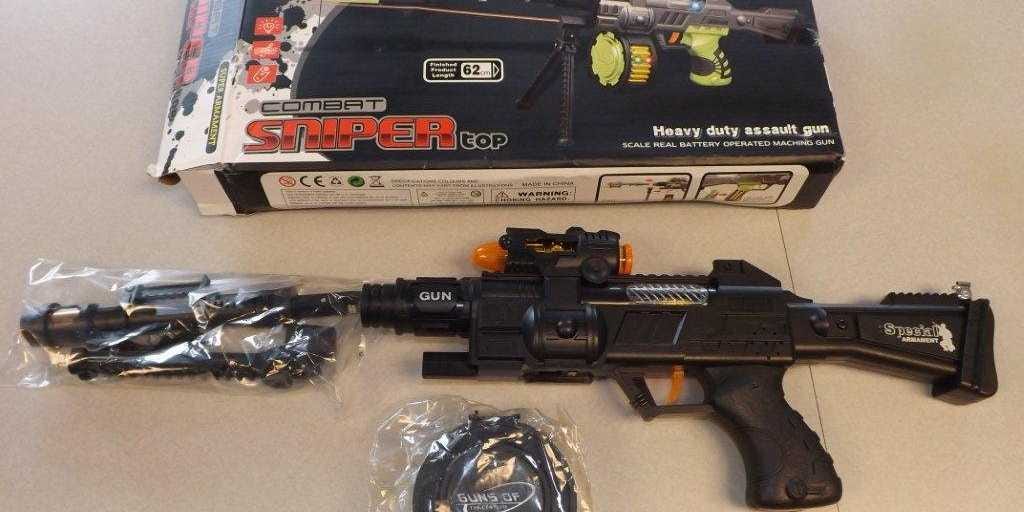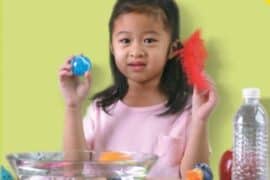Stay Safe and Sound: Your Guide to Banned Toys in Sydney
G’day, Sydney-sider parents! Are you looking to keep your tots both happy and safe as they play and explore the world through their toys? Well, you’ve hopped to the right place! We know how bewildering it can be to navigate through the nooks and crannies of toy safety regulations. That’s why we’ve created this detailed guide to help you stay informed about the latest banned toys in the Harbour City and how you can make sure your little ones’ toy boxes are clear of any nasties.
Why Toy Safety is Top Priority
Before we dive into the nitty-gritty, let’s have a quick yarn about why toy safety is so important. Kids are curious by nature, and they learn by touching, tasting, and testing everything around them. Unfortunately, not all toys are created equal; some may pose risks such as choking hazards, toxic materials, or dangerous design flaws. Therefore, keeping abreast of the latest safety standards and banned toys is crucial in preventing accidents and ensuring your kids’ playtime is as risk-free as possible!
Understanding Sydney’s Toy Safety Standards
In Sydney, as well as throughout Australia, toy safety is taken very seriously. The Australian Competition and Consumer Commission (ACCC) sets strict guidelines to protect our little battlers. The ACCC regulates toy standards under the Australian Consumer Law (ACL) where toys for children up to and including 36 months must meet specific safety criteria. But these standards apply to more than just the littlest ones; they cover safety requirements for toys intended for older children as well.
The List of Banned Toys in Sydney
This first section of our guide will give you an overview of toys that have been banned in Sydney and the reasons behind their prohibition. Remember, staying updated is key since new toys are constantly being introduced to the market, and safety recalls can happen at any time.
- Magnets: Small, powerful magnets can cause serious internal harm if swallowed. Toys that contain these types of magnets are a no-go.
- Noncompliant Flotation Devices: Water wings, inflatable pools, and other flotation devices that don’t meet safety standards can put your child at risk of drowning.
- Lead Paint Toys: Toys with paint containing more than the allowable level of lead are banned due to the toxic nature of lead.
- Choking Hazards: Any toys with small parts that can be easily swallowed or inhaled, posing a choking risk for young children, are strictly monitored and often prohibited.
But that’s not the end of it! We have a whole host of other toys that are added to the naughty list for various reasons, such as issues with their construction or materials that could potentially harm your little adventurers. We’ll be taking a closer look at those too.
What Can Parents Do?
Now, don’t fret. We’re here to assist you through every step of ensuring your kiddos’ toy collection is safe and sound. Here’s a little game plan to kick things off:
- Check the ACCC’s recall list regularly for any toys that might be in your home.
- Inspect toys for broken parts or potential hazards before giving them to your children.
- Learn about and teach your children the importance of toy safety. Educating them can be empowering and protective.
- Opt for reputable brands and retailers that adhere to Australian safety standards.
- Recycle or dispose of any toys that do not meet safety standards to ensure they don’t end up in other children’s hands.
Stay tuned, because we’re about to explore deeper each category of banned toys and offer some fabulous alternatives to guarantee your kids’ playtime is nothing but fun and safe! Remember, this journey isn’t just about avoiding the bad stuff; it’s about embracing the safe, the educational, and the downright delightful options that are out there. Safety doesn’t have to be boring, in fact, it can lead to a whole new world of playtime possibilities!

5 Vital Tips for Parents Preparing for Banned Toys in Sydney
When it comes to your children’s safety, knowledge is power! Here are five key things every parent in Sydney should know to prepare for and respond to banned toy alerts:
1. Stay Informed on Current Toy Recalls
As safety standards evolve and new threats are identified, toys are sometimes recalled from the market. Join mailing lists or follow social media pages of consumer safety agencies like the ACCC to receive instant updates on toy recalls. Keeping up-to-date can prevent you from missing vital information that could protect your little ones.
2. Understand the Risks of Second-Hand Toys
It’s tempting to accept hand-me-downs or buy toys from second-hand shops, garage sales, and online marketplaces. However, caution is necessary because previously owned toys may not meet current safety standards or might have been recalled. Always verify the safety of second-hand toys before adding them to your child’s collection.
3. Regular Toy Audits are Essential
Conducting periodic toy audits at home can help spot potential dangers. Look for broken parts, loose batteries, peeling paint, or anything that could pose a risk. Encourage your kids to report any broken toys, and dispose of them correctly if they cannot be safely repaired.
4. Choose Age-Appropriate Toys
Manufacturers specify age ranges for a reason. These guidelines help ensure the toy is suitable for a child’s developmental stage. Particularly for young children, it’s vital to adhere to these recommendations to avoid accidental injuries from toys meant for older kids.
5. Advocate and Educate
Be a proactive member of your community by advocating for toy safety. Share information with other parents, caregivers, and schools about the importance of upholding high toy safety standards. Education is a communal lifeline in the pursuit of keeping all our children hazard-free.
Digging Deeper into Banned Toy Categories
With each banned toy or hazardous item, a world of safer alternatives opens up. Let’s delve into each problematic category, understand why it’s been flagged, and discover what joyful and secure options you can provide to your kids.
Magnetic Toys
Magnets might seem harmless, but when toys with small, strong magnets come apart and are swallowed, they can cause severe internal damage. There are plenty of safe magnetic toys that have larger, encapsulated magnets that won’t become loose. Magnetic drawing boards or larger magnetic building blocks designed for younger children are great choices.
Flotation Devices
Safety is paramount when it comes to water play. Noncompliant flotation devices are banned due to the risk of drowning. Opt for certified flotation aids, and always supervise your children during water activities. Life jackets and arm bands with safety certifications can be reliable and safe options.
Lead Paint Toys
Lead poisoning can have serious health implications for children. Toys with safe, nontoxic paint are the go-to. Always choose toys that are labeled as lead-free and from reputable brands that guarantee safety in their materials.
Toys with Choking Hazards
Choking is a leading cause of injury and death among young children. Toys specifically designed to avoid small parts breaking off are essential for a safe play environment. Plush toys, large blocks, and age-appropriate non-detachable items are wonderful alternatives to keep playtime fun and worry-free.
Do remember, toy safety is not just the responsibility of manufacturers and regulators, but also of us as parents and caregivers. By keeping our eyes peeled and minds alert, we can ensure our kids stay engaged with toys that nurture their development and safeguard their well-being. Let’s make sure the only surprises in our toy boxes are the ones that delight and educate!
For more great articles please see here. For more information see here
Disclaimer
The articles available via our website provide general information only and we strongly urge readers to exercise caution and conduct their own thorough research and fact-checking. The information presented should not be taken as absolute truth, and, to the maximum extent permitted by law, we will not be held liable for any inaccuracies or errors in the content. It is essential for individuals to independently verify and validate the information before making any decisions or taking any actions based on the articles.




